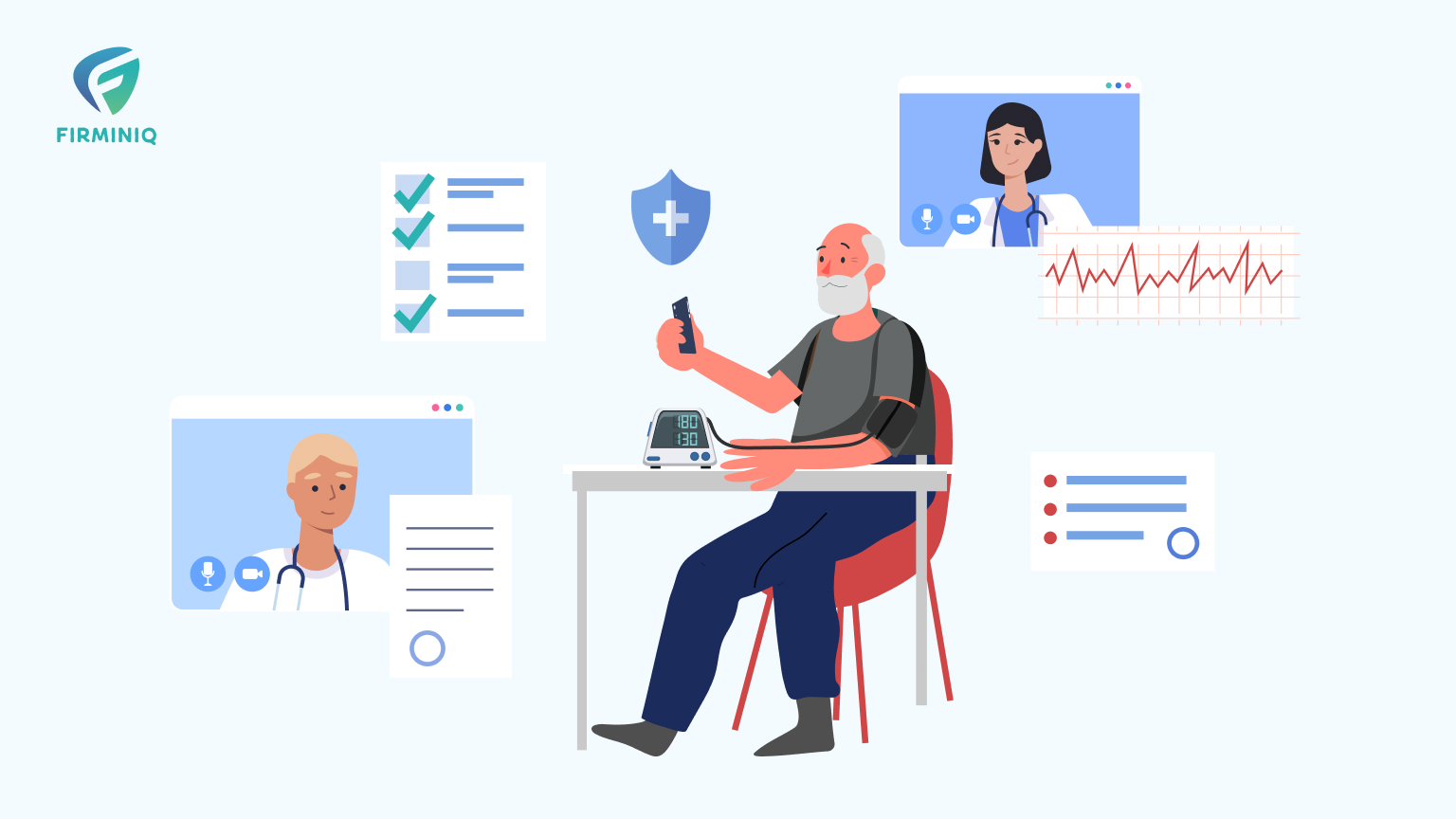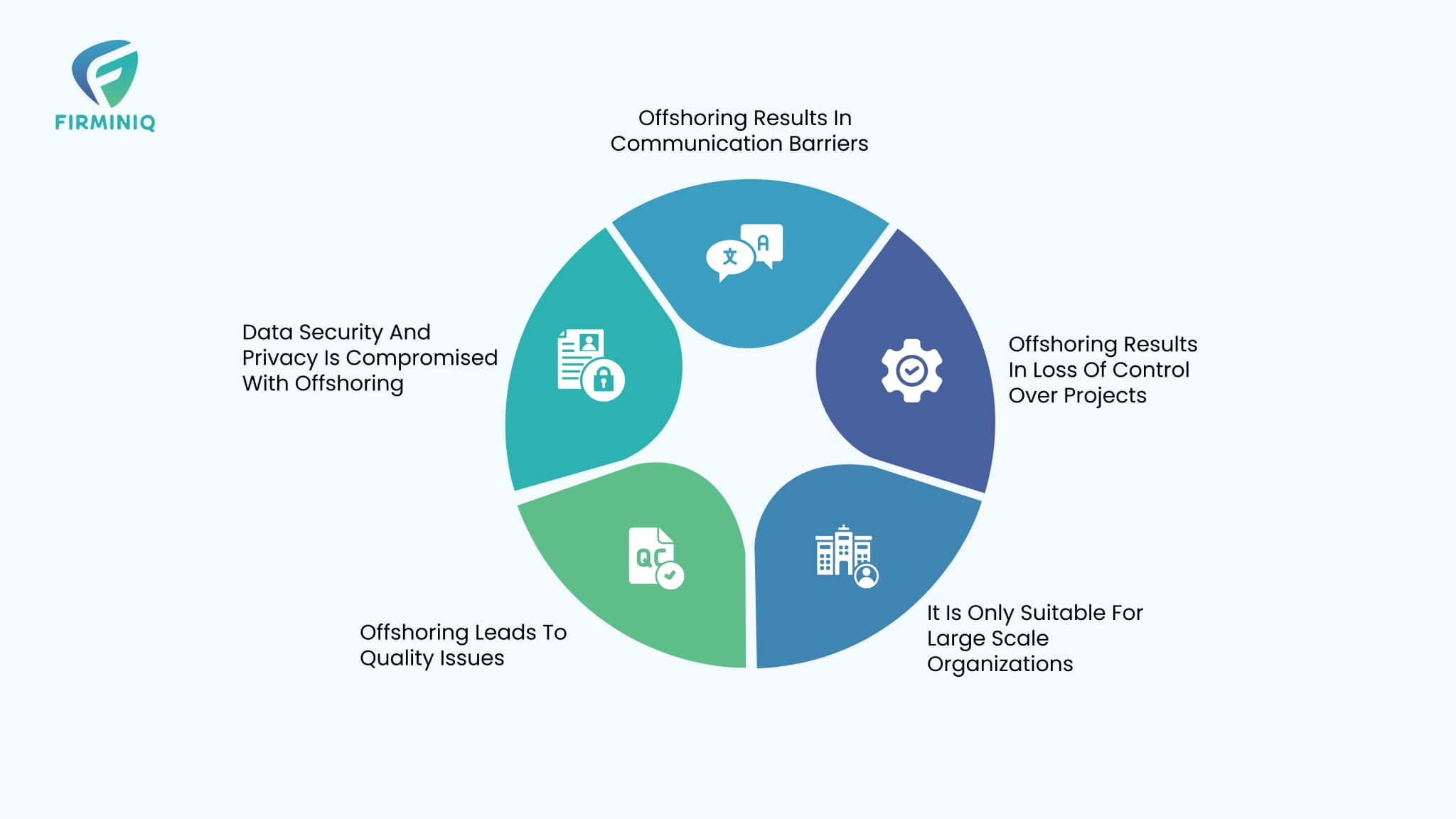Chronic care management, aimed at supporting patients with long-term health problems, is continuously improving, benefiting from recent advancements while empowering patients to enhance their health outcomes.
One of the advancements includes Remote Patient Monitoring (RPM) which is most valuable in the easy management of chronic conditions, offering a comprehensive approach that goes beyond the traditional ones. Leveraging technology to monitor patients’ health remotely, offers providers with real-time insights, improves patient outcomes, and more.
Insider Intelligence estimates 70.6 million US patients, or 26.2% of the population, will use RPM tools by 2025. A survey of 25 healthcare organizations by KLAS Research revealed that 38% of the organizations experienced a reduction in the burden of chronic care admissions, while 17% of them also reported a reduction in costs with the implementation of Remote Patient Monitoring devices and programs.
Implementation of RPM has offered tangible benefits for the healthcare organizations. RPM has streamlined the management of chronic conditions and contributed to reduced readmissions in the hospitals. These insights provide a positive impact of RPM on patient care, while highlighting the need to shift towards a more patient-centric healthcare solution.
As we delve into the present state of chronic care management with RPM, let us discuss how RPM can contribute to conquering chronic conditions.
How Remote Patient Monitoring Transforms Chronic Care
RPM offers the ability to streamline chronic disease conditions. Offering healthcare providers with real-time insights into patient’s data, RPM facilitates proactive decision making. Let us delve into how RPM revolutionizes chronic care.
1. Enabling Proactive Intervention
Patients with chronic conditions face challenges in managing the day-to-day conditions. RPM empowers healthcare through the timely identification of potential health issues by consistently monitoring vital signs, symptoms, and medication adherence.
The proactive approach allows healthcare providers to intervene promptly, mitigating complications and eliminating hospitalizations. The uninterrupted flow of real-time data enables quick response, fostering a preventive healthcare approach that enhances patient outcomes and well-being.
For example, if a person is suffering from hypertension, wearing a smartwatch helps in the continuous monitoring of blood pressure. If there is any suspicion, the healthcare provider receives immediate alerts and enables quick adjustment to treatment plan.
2. Boosts Patient Engagement
Patient engagement is vital in the province of chronic care management and integration of RPM has proved to be a relief for healthcare providers. It emerges as a powerful tool that collects patient data and allows them to adapt to a healthier lifestyle as they can track their activities. Smart devices come with features like activity tracking, sleep patterns, and more that allow individuals to make a healthier lifestyle in their daily lives.
For example, if a patient is suffering from diabetes, they use a glucose monitoring device connected to an RPM. The system detects the fluctuations in the blood sugar levels if any and triggers an alert to both the patient and healthcare provider. The patient is aware of the condition and can alter their lifestyle, eating habits, and more accordingly.
3. Data-Driven Decision Making
Data is one of the robust tools for healthcare providers that helps them make informed decisions. The real-time data collected via wearable devices provides a comprehensive view of patient’s data and health status. This data further identifies patterns, analyzes the trends, and helps make proactive decisions for patient care.
For example, if a heart patient continuously being monitored exhibits variations in heart rate patterns, healthcare providers can use the data to adjust medications, modify lifestyle, while ensuring more personalized care.
4. Enhanced Communication and Telehealth Integration
Effective communication between patient and provider is pivotal in the healthcare dynamic landscape. With RPM patients and healthcare providers can seamlessly communicate, and exchange information that is vital for chronic care management.
The integration of telehealth with RPM aims to facilitate improved communication through virtual consultations. It further allows patients to communicate with healthcare providers at any time in a virtual setting. It offers ease to the patients and reduces the need for frequent in-person visits, particularly the patients managing chronic conditions.
If a person is suffering from a chronic condition like respiratory condition, they can utilize RPM devices to track the respiration rate. If there are any fluctuations, the patient can instantly schedule an audio/video consultation with the healthcare provider, discuss the condition and receive appropriate treatment in their comfort zone.
5. Personalized Progress Tracking
RPM exceeds the traditional healthcare system while empowering patients and service providers to work together and achieve personalized goals. It offers a collaborative approach that aligns with the right treatment plan. Healthcare providers engage patients in discussions to identify and set personalized health goals. These goals are tailored to the patient’s medical condition, preferences, and daily routine, ensuring a realistic and achievable framework.
For example: If a patient recovered from a heart attack, the healthcare team can help set personalized goals for the patient that can match their health status. The goals might include eating habits, physical activities and more.
6. Alleviates the Financial Burden
Managing chronic diseases often leads to recurrent hospitalizations and emergency room visits, striking substantial financial strains on both patients and healthcare systems. RPM emerges as a cost-effective solution, offering significant reductions in healthcare expenditure. By eliminating complications, it reduces hospital admissions, and emphasizing preventive care, RPM becomes a pivotal tool in reshaping the financial landscape of chronic disease management.
RPM serves as a proactive guardian, detecting early signs of health deterioration and enabling timely interventions. By preventing complications, RPM mitigates the financial burden associated with emergency treatments and extended hospital stays.
7. Promoting Medication Adherence
RPM incorporates reminders and tracking mechanisms that leads to an enhanced medication adherence and offers ease to the patients. There is a complex medication routine for patients managing chronic conditions and therefore, adherence becomes a challenge.
RPM system sends automated reminders and notifications to the patients, ensuring they take their medications timely as prescribed by the physician. It also allows healthcare providers to monitor medication adherence, while allowing timely intervention if needed.
RPM’s Transformative Impact on Chronic Care
RPM emerges not merely as a technological advancement but as a transformative force that shapes the future of chronic disease management. Integration of wearables, telehealth platforms, personalized care leaves a tangible impact while fostering an integrated approach, aligning patient and provider in a collaborative journey towards care.
The key objective of incorporating remote patient monitoring into healthcare systems is to ensure that patients undergoing long-term therapy for chronic conditions receive continuous, cost-effective care, even in clinics located in rural areas. RPM continues to promote independence and contribute to the overall well-being of individuals.







